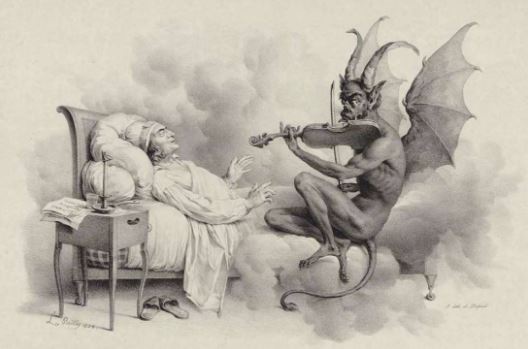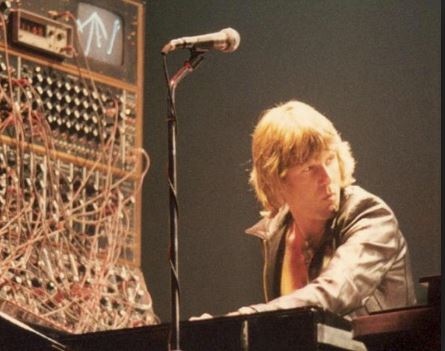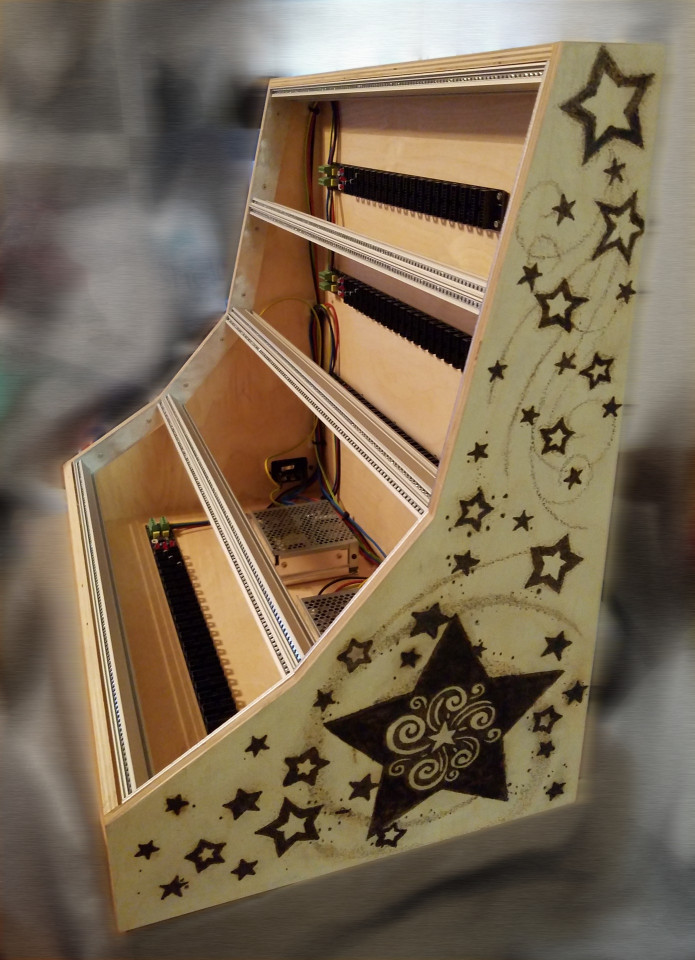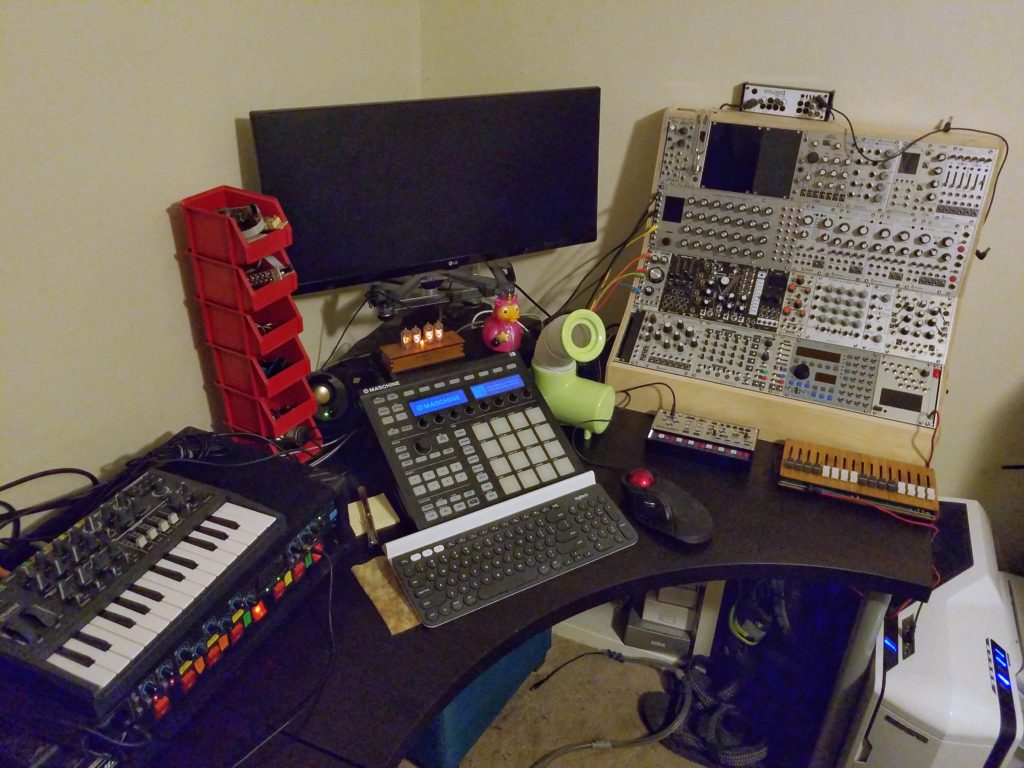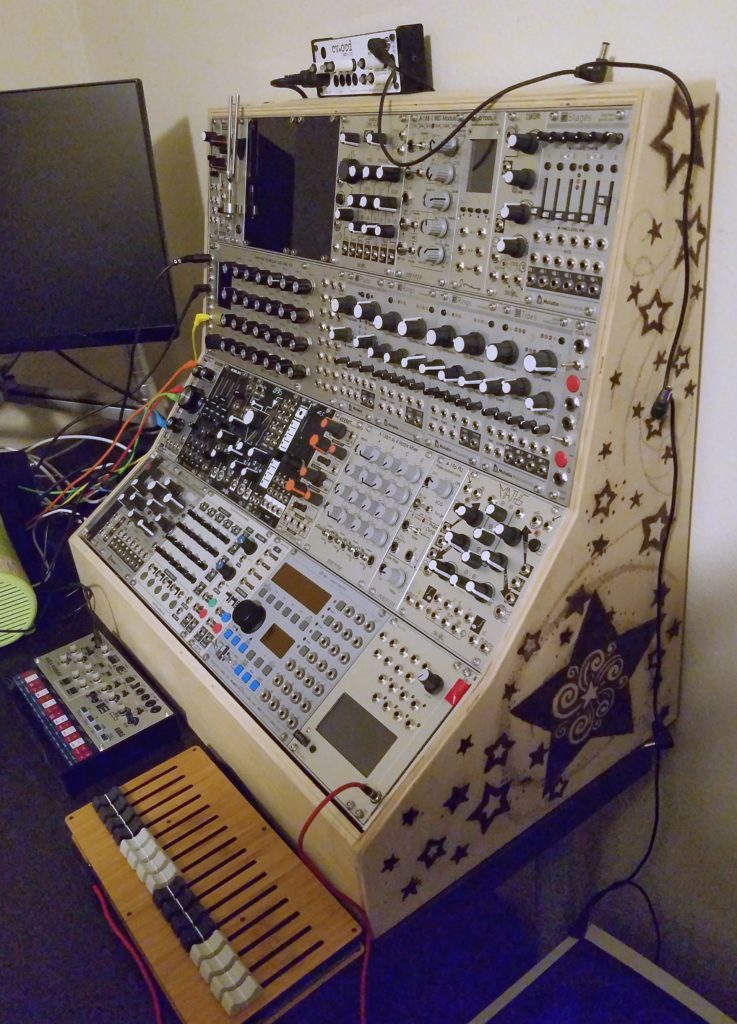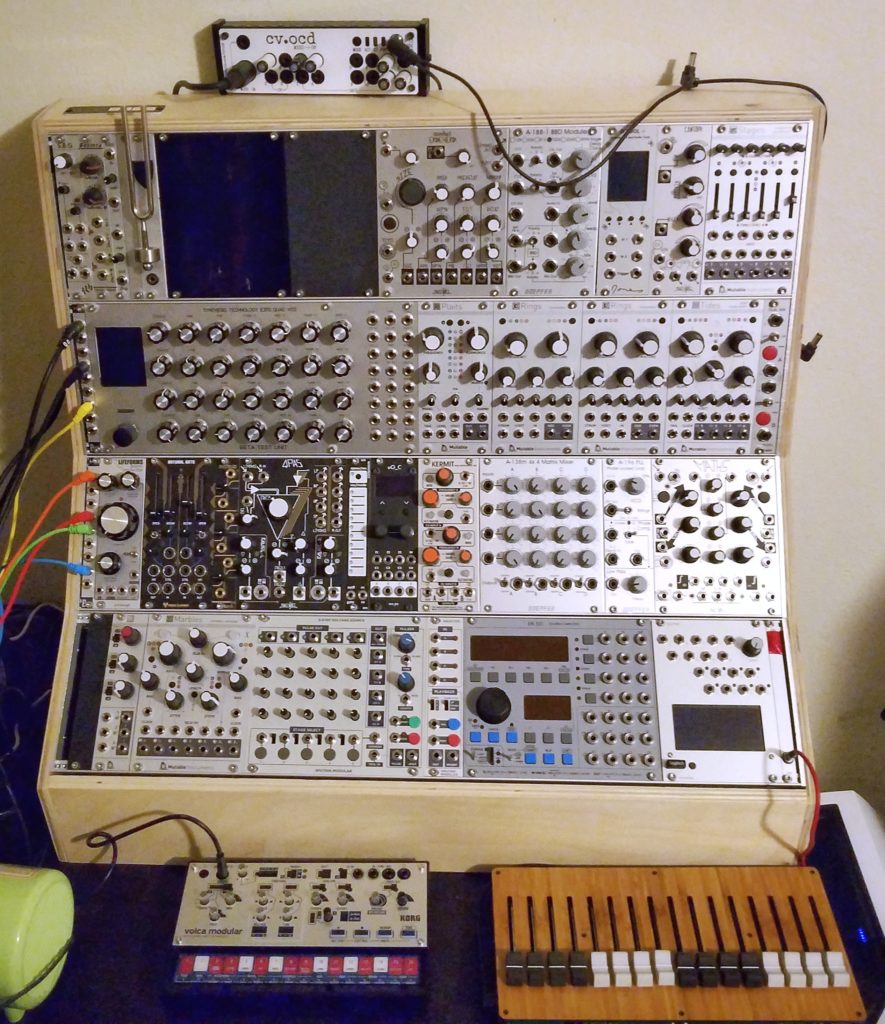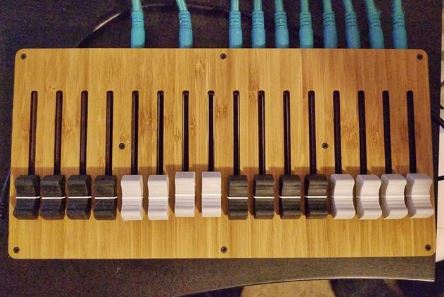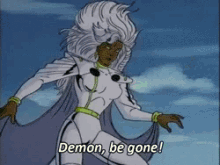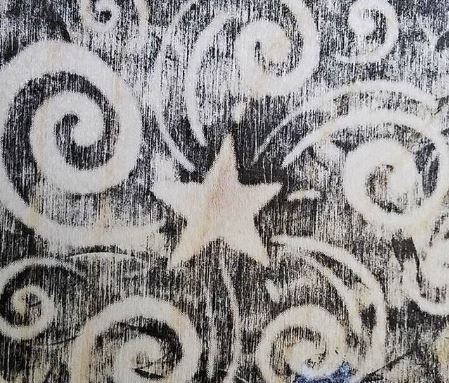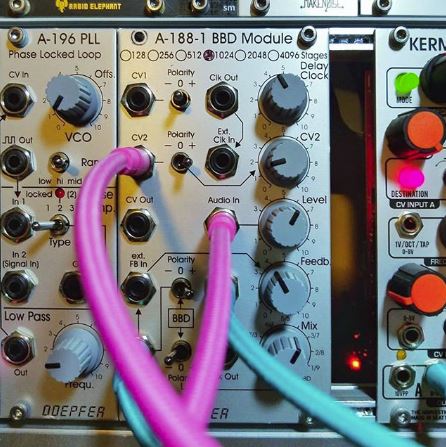At the office, above all other things, I like to fidget with magnets. (It was originally BuckyBalls, but those were subject to a recall thanks to the CPSC because it’s dangerous to swallow them. For some reason, safety warnings are deemed sufficient for every other relatively powerful, small magnet on the market, including some produced by the same people, just not the BuckyBalls brand. So you can’t get those anymore.)
From my original set of BuckyBalls, I dropped a few somewhere, could not find them, and assumed they were lost. Several months later when the other business that shared our floor moved out and we raided the stuff they left behind for salvage, I happened to find my missing magnets on their floor. It seemed a stunning coincidence, but hey, I got my magnets back for a while. (Eventually the coating wears off and they get gross and you’re not supposed to handle them anymore.)

At the end of last year I got these Speks magnets as either a birthday or Christmas gift, but managed to lose three of their number within days of bringing them to work. Today, 3-4 months later, I found them sitting on the floor in the middle of my cube, plain as day.
And that’s my creepypasta for the day.
From time to time I’ve contemplated the idea of doing a musical project that is more directly and personal and emotionally intense, less abstract than Shelter In Place was, with no obfuscation. This means it would get political. And thus, mostly angry and frustrated and tired and afraid.
And maybe that’s the way some artists have to operate, but I think I am the opposite. Maybe going abstract is my way of dealing with the world’s crap. It’s not explicit escapism, but almost a case of not wanting that dirt in my sacred space.
I’m thinking about my phrase “paint the mirror” from a couple of years ago:
The title for this track is a clue to something, I’m sure. I was walking around the plaza on a break from work, thinking about art as a reflection of life, and that maybe that goes both directions. I can’t do as much to fix the world as I’d like, but I can make music. The words “paint the mirror” came to me at that moment.
In other words, show the world a better reflection of itself. I’ve said things before about art and magic being types of each other, and the point of them is to change the world. Maybe just a small part of it, just a little — the emotions and thoughts of those who experience the art (or if no one else, the artist themselves!) And then that spreads out in ripples, influencing a wider area in subtle ways.
What I want to bring into the world isn’t more anger and frustration and fear. It is… well, I’ll have to think about it some more, but wonder, weirdness, and acceptance of others’ weirdness seems like a good starting point.


